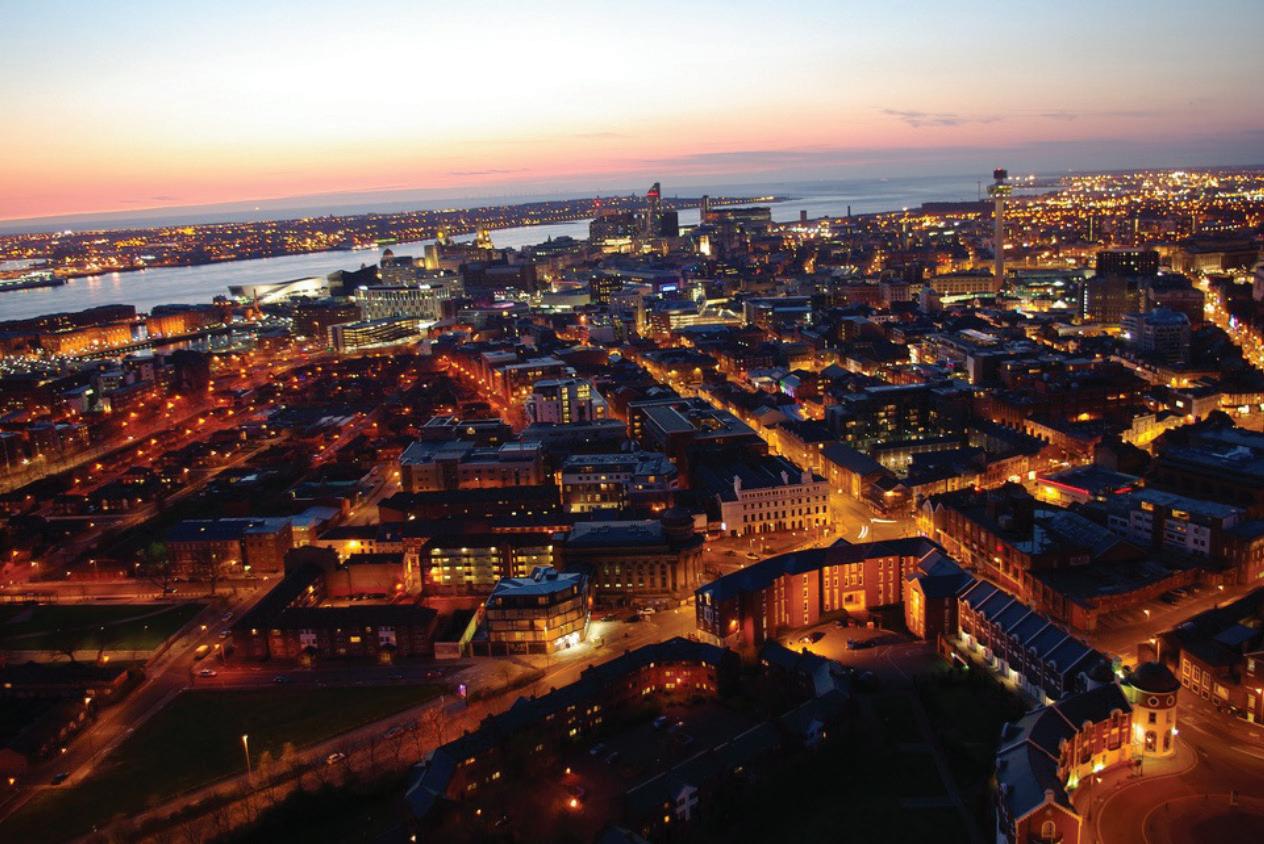
3 minute read
From triangular bandages to defibrillators
In 1200, Liverpool was a fishing village with its name meaning a pool or creek with muddy water. It was granted a Charter by King John advertising the establishment of a new borough at Liverpool and inviting settlers to come and take up holdings there.
Since that day we can be sure that its people have strived to help those that have been ill or injured. People over centuries were transported to hospital in many ways including on wheeled hand litters.
Liverpool is now a bustling city of great historical importance. Its lifeblood being the River Mersey has many ties to the rest of the World. The city and its people have influenced many things
Its famous sons include the Beatles who wrote songs about Penny Lane and Strawberry Fields which mean many things to many people. For some of the men and women who have been part of the Ambulance Service they are roads they have been called to at some point in their career.
The formation of the City of Liverpool Ambulance Service in 1948 took place amidst a backdrop of a city recovering from the post war gloom. There were sights that have long gone with children playing on bomb sites, families reminiscing about loved ones lost in the war, women proudly scrubbing sandstone doorsteps, the cries of rag and bone men walking the streets and washing blowing on lines against a vista of bomb-damaged buildings and smoky chimneys.
The German bombing campaign had destroyed over 6,500 homes and left vacant plots or bomdies. Yet, against this bleak vista the spirit of the people remained unbroken. New tenements were built, which solved a lot of housing problems, but for the poor ambulance staff, in an era long before the modern Power Trak Chair, carrying patients down from E landings was no easy feat. In a modern world of dynamic risk assessments and Health and Safety it is hard to believe that before the Carry Chair was invented the crews of the day relied on the blanket lift.

The aftermath of World War 2 was very visible to the first squad of Cadets and as with all history it is so important to look back and remind us of it. Richard Oswick recalls that in 1964 many of the ambulance crews had served in World War Two, his Cadet Officer Harry Jones BEM had been a desert rat, Bill Gates who was the ALO at Broadgreen was a torpedo gunners' mate, Norman Caple “Norky” was a tail end gunner in Lancaster Bombers and Tommy Slater developed his interest in ambulance care when he served with the parachute Field Ambulance Unit of the 6th Airborne Division; - and there were many others. Richard says that they never spoke of their war time experiences and in reflection he wished he had the self-confidence and empathy to have asked.
Charlie Worthington who was also ex-military trained the Cadets in drill and parade practice used to take place at the Civil Defence HQ, Millbank. The Ambulance Service of today look back on the early days of the Ambulance Service with its tunics, caps and drills with disbelief and amusement. However, they should reflect and understand that Great Britain took a long time to heal its wounds of war, most of the workforce were demobbed from the military, the mobilisation methods that won the war were used to rebuild post-war society and the modern materials to manufacture anoraks were simply not there. The mobilisation style and uniform materials were reflected throughout society with ambulance and fire personnel, bus conductors, electric meter readers and milkmen all wearing tunics and caps and looking very militaristic.
Frustration, born out a feeling of helplessness, in not being able to deliver the best care for the patient was a daily event. Airway management was basic, there was no ability to provide pain relief, set up IV Drips, reverse hypoglycaemia or deliver lifesaving defibrillator shocks. Being at scene, not being able to do the best for patients who were seriously ill or injured, was a terrible situation to be in. Some of those cases broke our hearts.
The change from first aid to ambulance care to paramedic care took a long time but slowly and surely change happened. The 1970’s saw the introduction of Entonox pain relief, the Stephenson Minuteman ventilator, the Vitalograph suction unit and the scoop orthopaedic stretcher. First aid changed to be lifesaving ambulance aid, and the term ambulance driver was becoming a taboo. Eventually, on a hot summers day in 1986 Hotel Delta One responded to a cardiac arrest call outside the bombed-out Church in Leece Street. Two ex-cadets Ray Lunt and Bobby Graham exited the vehicle carrying a bright Orange Ambu Resuscitation Box and CR26 defibrillator and for the first time in Liverpool defibrillated a patient in front of a large crowd of bystanders. What is the expected norm today, was revolutionary then, and much to the delight of the crowd they achieved a successful return of spontaneous circulation for the patient. That historic moment, which was literally over in a few minutes, symbolised a pivotal moment for change that had started 22 years earlier with Albert Guinney’s vision. The long studies to improve our pre-hospital education and skills through ICAP, LASI, FASI and AEMT, reading JEMS, Nancy Caroline and studying the little red book on extended skills now started to reap its benefits.










